This I Dig Of You Lead Sheet

A single sheet of paper, seemingly innocuous, has become the unlikely center of a flurry of excitement in jazz circles and beyond. That paper, a lead sheet for the jazz standard "I Dig Of You," originally composed by Miles Davis, is generating buzz due to its rumored provenance and potential implications for understanding the genesis of this iconic piece.
At the heart of this story is a question of authenticity and the insights such a document could offer. Is this lead sheet a genuine artifact from the time of the song's creation? And if so, what can it tell us about Miles Davis' compositional process and the evolution of "I Dig Of You" into the beloved standard it is today?
The Discovery
Details surrounding the lead sheet's discovery remain somewhat vague, fueling both speculation and intrigue. It purportedly surfaced within a collection of music-related materials, possibly inherited or acquired at auction. The exact circumstances are closely guarded to protect the privacy of the current owner, according to sources familiar with the matter.
However, the mere existence of a potential artifact connected to such a legendary musician and song is enough to captivate many. Experts are carefully examining the lead sheet for clues about its origin.
Authentication Efforts
Determining the lead sheet's authenticity is a complex undertaking involving several lines of inquiry. This includes paper analysis, handwriting comparison (if applicable), and stylistic assessment.
According to Dr. Eleanor Vance, a musicologist specializing in jazz history, "We look for hallmarks of the period, the type of notation used, and any markings that might connect it to a specific individual or ensemble." Dr. Vance has consulted on similar authentication cases involving other notable jazz figures.
One of the biggest challenges is the lack of readily available reference materials. Many musicians of Davis' era did not meticulously archive every piece of paper they used.
Why It Matters
The significance of this lead sheet, should it prove genuine, extends beyond mere collector's value. It offers a potential window into the creative process of one of the most influential figures in jazz.
Lead sheets are simplified musical scores outlining the melody and chord changes of a song. They act as a roadmap for musicians during performance and improvisation.
Examining this specific lead sheet could reveal initial melodic ideas, harmonic choices, and even handwritten annotations offering insights into Davis' thought process during composition.
"It's like finding a sketch in an artist's notebook," explains Mark Jenkins, a jazz journalist who has been following the story. "It's not the finished painting, but it shows you how the artist arrived at the final result."
Impact on Music Studies
The lead sheet could become a valuable resource for music scholars and students alike. It can provide a tangible connection to the history of jazz and a deeper understanding of the evolution of musical styles.
Researchers could use it to compare early versions of the song to later recordings and performances. This could help trace the development of "I Dig Of You" from its inception to its place as a widely recognized jazz standard.
Educators may also use such material in their class room. Students can study it to learn how music compositions happen in real life.
Potential Impact
Beyond the academic realm, the lead sheet's emergence could have a broader cultural impact. It underscores the importance of preserving musical heritage and appreciating the creative process behind iconic works of art.
The story has already captured the imagination of many jazz enthusiasts, who eagerly anticipate further updates on the authentication process. The prospect of gaining a deeper understanding of a beloved song and its creator resonates with a wide audience.
If authenticated, the lead sheet might be displayed in a museum. It might also be made available for study through digital archives.
The Human Element
While the focus remains on the artifact itself, the human element of this story is undeniable. The current owner's decision to come forward, albeit anonymously, reflects a desire to share this piece of history with the world.
This act of preservation and potential dissemination highlights the importance of individual stewardship in safeguarding cultural treasures.
The story serves as a reminder of the enduring power of music to connect us to the past and to inspire future generations.
Conclusion
The "I Dig Of You" lead sheet represents more than just a piece of paper. It's a potential link to a musical legend and a window into the creative process behind a timeless jazz standard.
While authentication efforts are ongoing, the mere possibility of its genuineness has sparked excitement and anticipation within the music community. The next chapter of this story is eagerly awaited.
Regardless of the ultimate outcome, the incident highlight the importance of music's history, preservation and study.




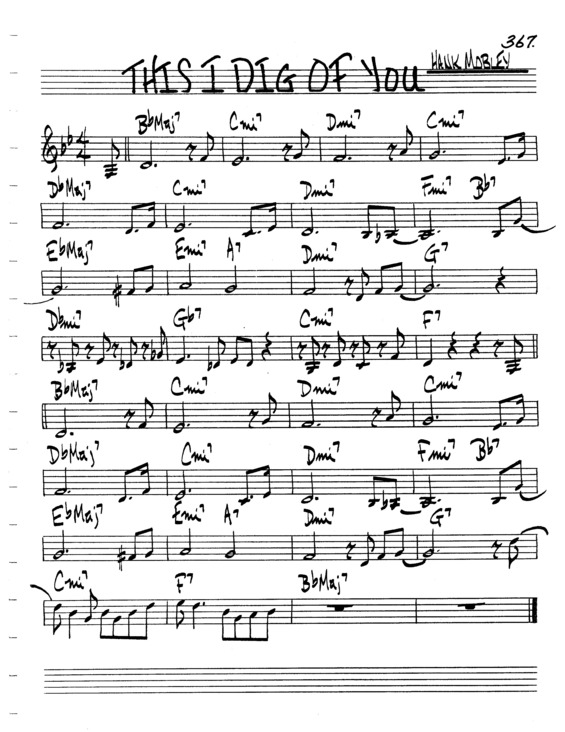
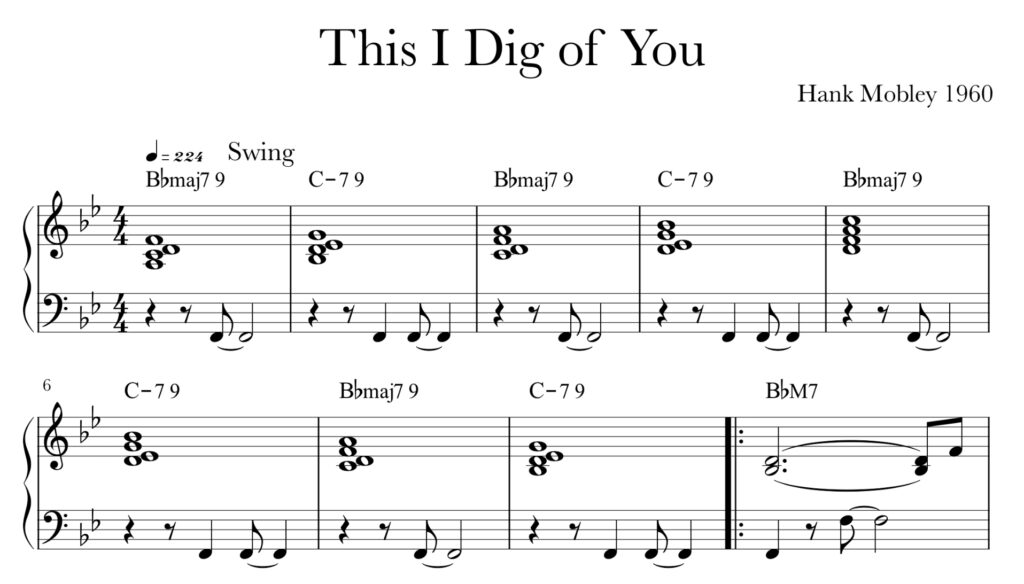
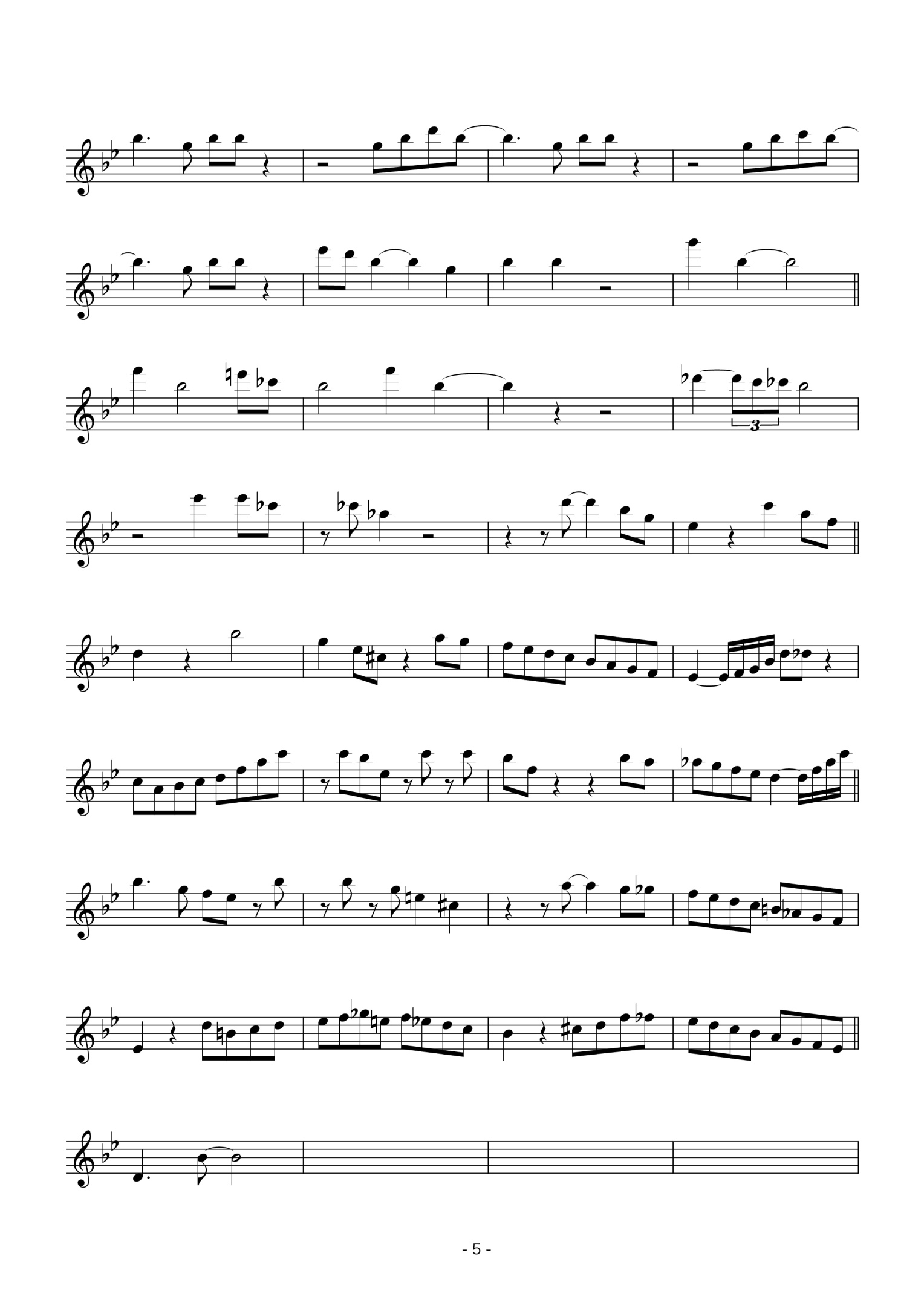
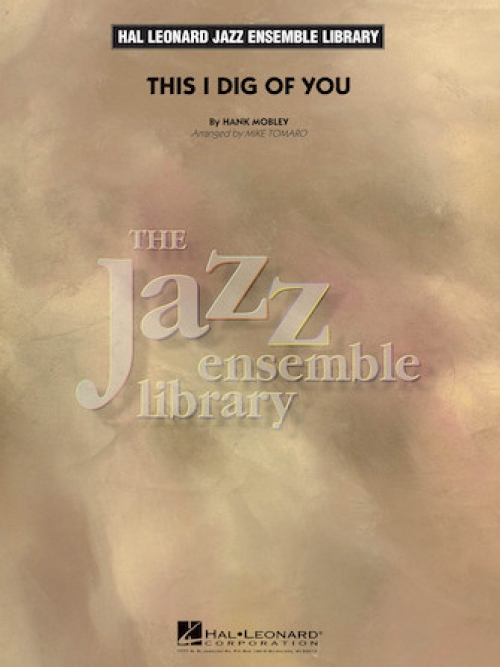

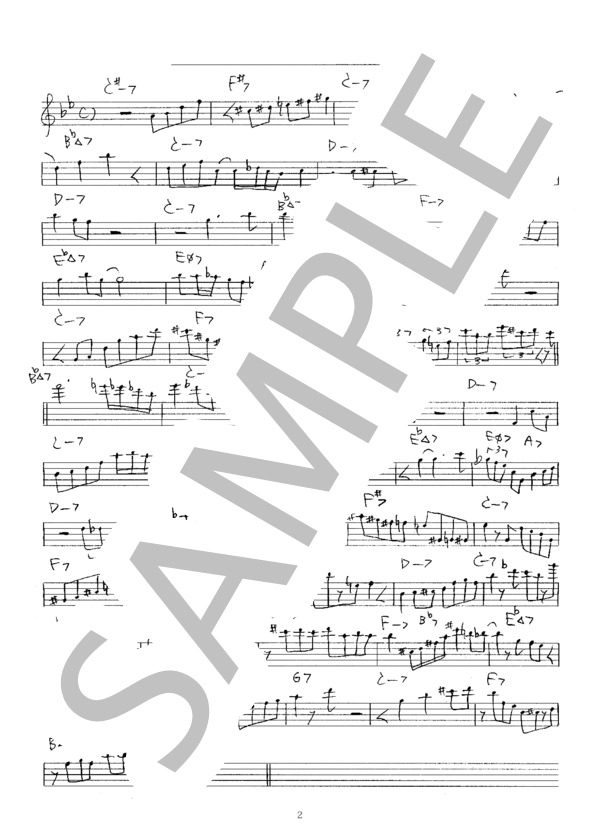


![This I Dig Of You Lead Sheet Hank Mobley (1960) FIRST RECORDING [THIS I DIG OF YOU] - YouTube](https://i.ytimg.com/vi/7mfhN9rBQlU/maxresdefault.jpg)


